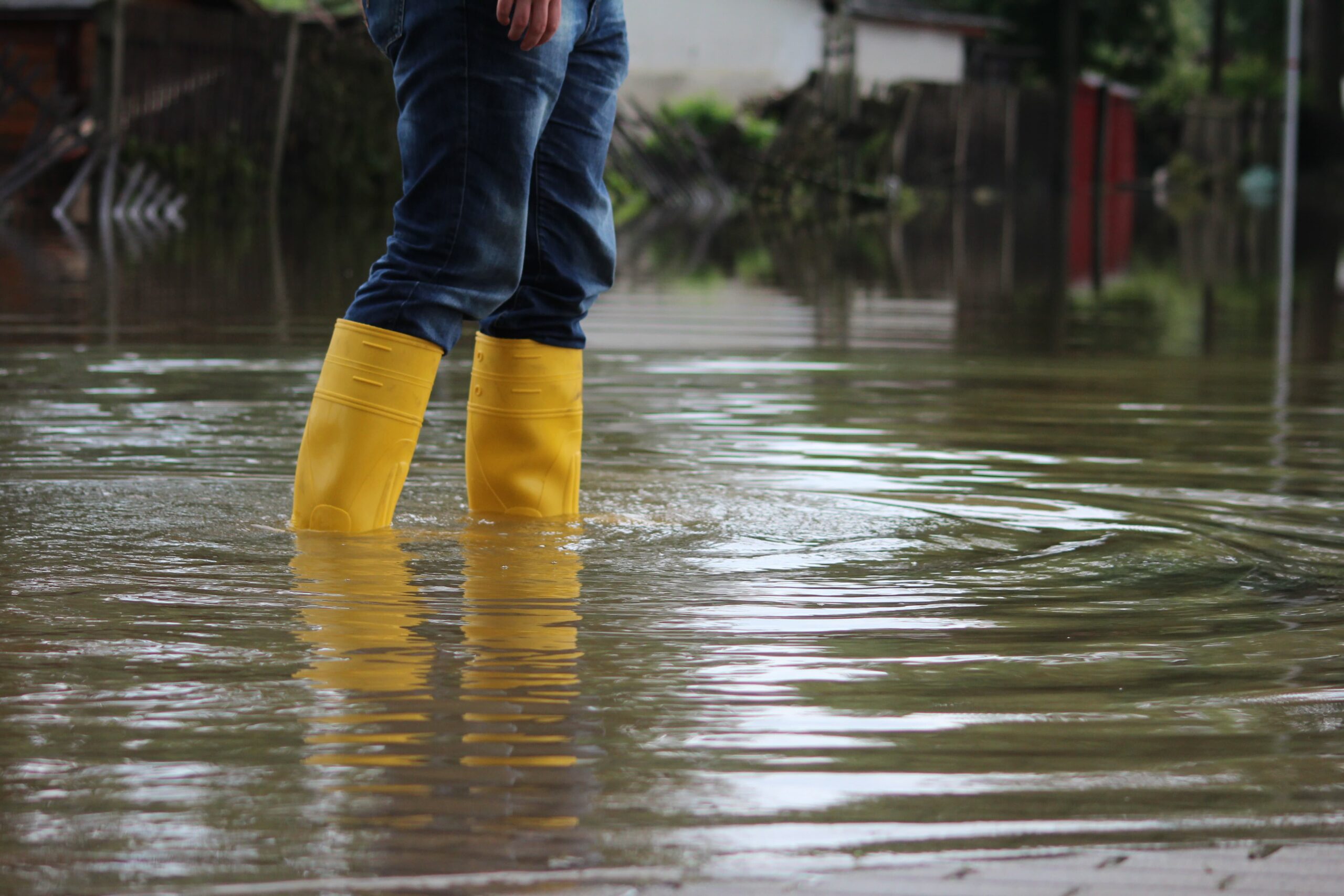
Heavy Rain, Flooding, and Chance of Severe Weather Staring Down the Southern U.S.
January 22, 2024
Posted: January 9, 2023 3:44 pm





The rain just will not stop in California. Another atmospheric river has set up over the state to start the week, battering the storm weary region. Here is the latest on this massive weather maker.
FEMA Responds to Impacted Region
Multiple storms have spun up in the Pacific Ocean and moved on shore over the last month, slamming into the Golden State with heavy rainfall, strong winds, and mountain snow. At least 12 deaths have been blamed on the storms. The persistent storms have also triggered widespread power outages. As of Monday morning, there were over 100,000 customers still in the dark throughout the state thanks to the train of storms.
U.S. President Joe Biden moved to approve an emergency declaration for California on Monday in an effort to free up funding and resources. The official declaration gives the Federal Emergency Management Agency (FEMA) the authority to coordinate disaster relief for the impacted areas.
Santa Cruz County Taking Brunt of Monday’s Weather
The past weekend brought slightly calmer conditions following the departure of last week’s bomb cyclone. However, the storm train fired up again late Sunday, making its presence known just in time for the Monday morning commute. Located to the south of San Francisco, Santa Cruz County is ground zero for Monday’s weather maker.
The county was still dealing with the impacts of last week’s weather when the additional moisture moved in late Sunday. Multiple landslides and debris flow zones have been reported as the rain continues to fall. Almost all of the county is now under a flash flood warning with evacuation notices issued for the Paradise Park and Felt Grove areas.
State and county officials are asking residents of the county to avoid unnecessary travel as the area experiences dangerous flooding. Local officials have set up evacuation shelters across the county while deploying more emergency responders to assist residents that have been trapped due to the rising waters and impassable roadways.
For instance, the highway patrol had to employ an emergency closure of a portion of Highway 1 as the San Lorenzo River continues to rise and reaches flood stage. In addition to the concern regarding this river, the low-lying areas surrounding Sequel Creek, Corralitos Creek, Aptos Creek, Salsipuedes Creek, and Pajaro River are also under the gun for major flooding issues. Widespread evacuation orders have been issued in these areas.
Large waves have washed away wharfs and piers up and down this stretch of coastline, compacting the danger.
Growing Snowpack for the Sierra Nevada
While the massive amounts of rain falling along the coastal and inland areas of the state have generated the bulk of the headlines, it has been snow impacting the higher terrains. Snowfall totals are continuing to skyrocket with levels well above normal for this time of the year. This is good news for the state’s reservoirs that rely on this snowpack to melt in the spring months to replenish supplies. The central part of the range is measuring 196% of normal with the northern tier coming in at 149% of average.
According to the latest data from the California Department of Water Resources, the southern portion of the Sierra Nevada is sitting at snowpack levels of 219% of normal. The central Sierra stands at 196% of normal for the date while the northern range is now at 149% of average.
Negative Impacts of Heavy Snow Being Felt
Although the snow is a welcome sight for those worried about the drought and winter sports enthusiasts, the weather pattern is also coming with a host of negative impacts. The Sierra Avalanche Center is warning that there is a high risk of avalanches through Tuesday night as a result of the unstable snow. An avalanche warning is in effect for an area of the central range between Yuba Pass on the north and Ebbetts Pass to the south. This zone includes the greater Lake Tahoe area.
The current risk level is at a 4 rating out of a scale of 1 to 5, translating to a high danger. Officials are advising people to avoid travel near the avalanche terrain area.
In addition to the avalanche danger, the snow has also snarled travel along roads in the higher elevations of the state. Motorists have encountered a variety of difficulties, particularly over the mountain passes. The California Highway Patrol (CHP) is mandating chains or traction devices on Interstate 80 across the mountains through at least Tuesday.
Damaging Winds Create Additional Danger
Strong winds also continue to whip around throughout the state, sending trees and power lines down to the ground. Last week’s bomb cyclone brought wind gusts of well over 100 mph. For instance, a gust of 132 mph was recorded at Alpine Meadows.
This early week storm is forecast to create gusts of 60 – 80 mph along the coastal portions of the state. Interior portions of California will see gusts in the range of 40 – 60 mph with more winds over 100 in the highest elevations.
Looking ahead, the long-range forecast is calling for this pattern of storms to stay in place for at least another week. At this time, the storms are predicted to shift to the north, bringing the bulk of the moisture to Oregon and Washington.
Did you find this content useful? Feel free to bookmark or to post to your timeline for reference later.

January 21, 2024

January 19, 2024

January 18, 2024